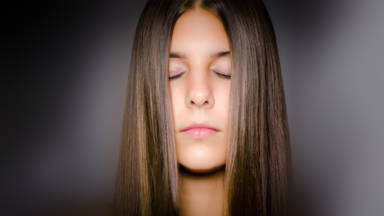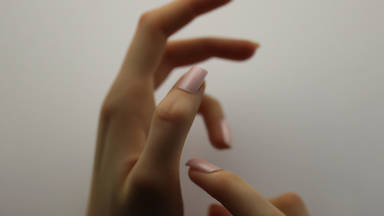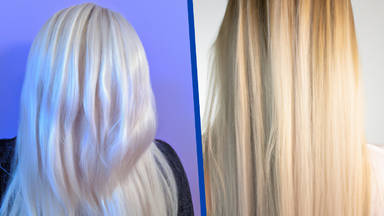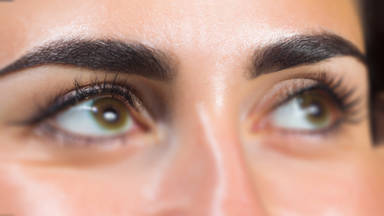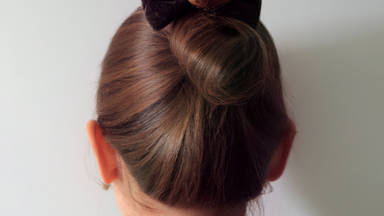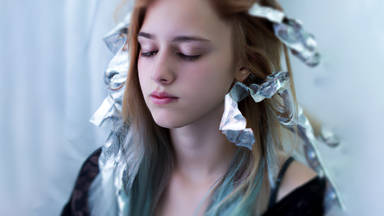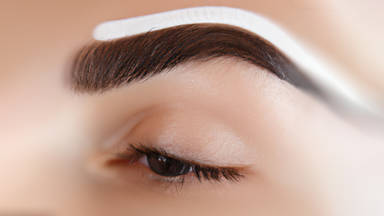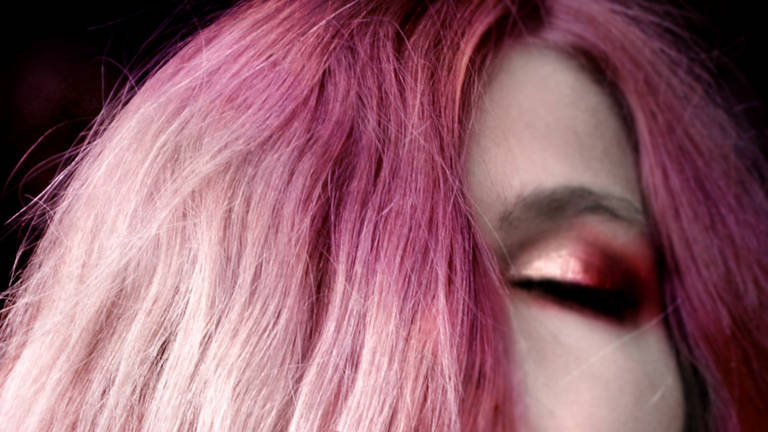
The purpose of this article is to share with you information on bleach recovery and restoration, and what signs and criteria you should look for when selecting decolorizing powders, oxidants, and creams. If you're having difficulty recovering and restoring bleach, this is extremely helpful.
When you want to work with formulas, it is important to take care of the health of both you and your client. Specifically, you should know what to look for in a good decoloring powder.
As a rule of thumb, an ideal decoloring powder should not release dust when poured into a container from 30 centimeters away. Additionally, when using an oxidant and bleach material mix, bubbles should not form. This is especially important for decoloring restoration, Ombre, and balayage.
Generally, every thirty grams of decoloring powder requires sixty grams of oxidant. Your bleach mixture will lose lightening power if you don't use accurate measurements. Please be advised that some bleach brands require you to use twice as much oxidant agent as your decolorizing powder. It is always a good idea to consult the brand catalog before starting to mix the material.
Most bleach powders come in two colors, blue and white decoloring powders. There may be a question regarding the potency of the blue powder compared to the white powder. Although both of these powders are capable of lightening your hair to a level of 9, but, if you reach a level 7 or 8 and you see a yellow or orange background color in your bleached hair, the blue powder should be used, because it can easily neutralize those colors.
Experience has shown that white powder works better at the beginning of the work, while blue powder works better on hair with an orange or yellow mix, since the blue powder contains blue pigment. Should you, for any reason, not have access to white powder, you can always use blue powder instead. Plant-based green oxidants and anti-red oxidants are better for removing yellow from hair as well as blue powders.
Many cosmetic brands offer oxidants in different percentages, such as 6, 9, and 12 percent, in 3 different sizes. The smallest size is intended for home use.
It is important to remember there are rules to follow when using oxidants. If you use more or less oxidant than is necessary, your color will appear too light or too dark. The oxidant bottle can serve as a measuring cup for you if you don't have a scale.
Adding oxidant powders that create bubbles can be tricky and cause problems. If your oxidant creates bubbles, you will have to add another cup of powder, which would make your mixture of oxidant and decoloring powder equal in amount. Your formula will lose some of its lightening power as a result.
It may be helpful to know how to do decoloring restoration when the hair roots are grown and you need to bleach those areas. I strongly recommend using an oxidant formula with a 6 percent oxidant agent to avoid burning the hair or damaging the roots. With the technique I'm going to explain, you will be able to decolor the hair without damaging it.
Traditionally, you hold the hair and apply the decoloring formula. However, if you follow this method, some of the formulae will get into places where the hair is already decolored and damage it. You can mitigate the problem by holding the hair in your hand, and adding some formula to the palette while Holding the hair upside down.
The product should be applied one centimeter away from the root of the hair. You can also apply ointments, like Vaseline, to avoid burning the hair. Apply your foam paper to the hair and let it return to its normal state. When choosing layers, remember to keep them thin. The thinner the layers, the faster you can bleach the hair.
There's a reason why the product should not be applied to the entire area. When the roots grow more than three or four centimeters, it's better to add the product to the stem first, and then add the product to the roots once you reach level five or six. You must only use oxidant level one for the roots because the root is closer to the skin, hence warmer and reaching the level of bleach sooner.
Continue by adding another layer of foam paper. Choose this layer to be a little thinner. Start adding the product to the hair as you hold the stem in your hand.
Apply more formula if some areas of the hair are not covered. Bleach the rest of the hair the same way and wait until you reach the desired level of bleach. To reach a higher level, wait until the stem has reached at least a level 7 before adding the product to the root. However, if you do not wish to reach a very high level, add the product as soon as you reach a level 5 or 6.
Next, pull the foam papers up and apply the product to the roots. Then, repeat the process for the roots on top of the paper as well and continue until all the hairs are covered.
It is important to check the resistance and type of hair. To achieve a high level of bleaching, you can recondition the hair with nine percent anti-red oxidant and blue decoloring powder. If your hair has already been decolorized, avoid applying this type of oxidant to prevent burns and damage.
After you've reached your preferred level of decolorization, rinse your hair and towel dry. You should use a suitable dye, wait the allotted amount of time, then rinse the hair with a conditioner to close the cuticles. You should also put a suitable hair mask on your hair to prevent it from drying out.
After applying the dye, we should use a conditioner to close the cuticles and return the hair to its original acidic state. The conditioner must be applied to the hair, massaged for a few minutes, and then rinsed. This will close the cuticles and prevent color loss.
After applying the conditioner to the hair, you can recommend a high-quality hair mask, which the client can use afterwards, or you can do it for them right after the application of the conditioner.
A good hair mask should contain emollients to prevent hair from becoming dry and fragile. It should also act as a moisturizer and be able to hydrate your hair. After applying the hair mask, you can wrap the hair with a cap and heat it with a blow dryer for five minutes to accelerate the absorption process.
